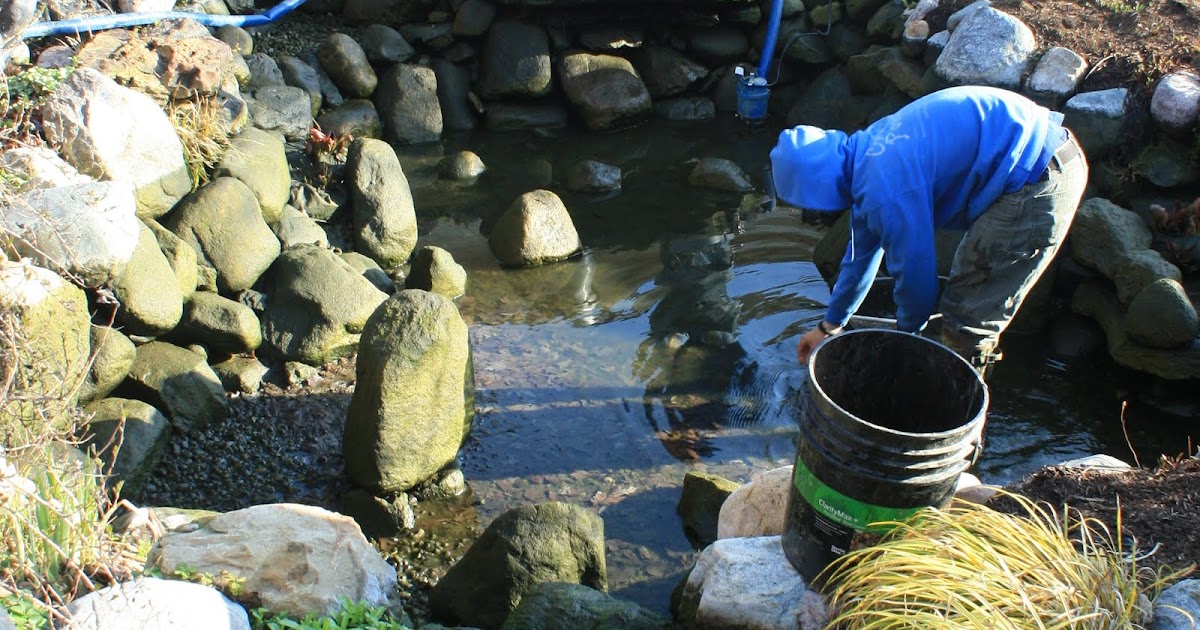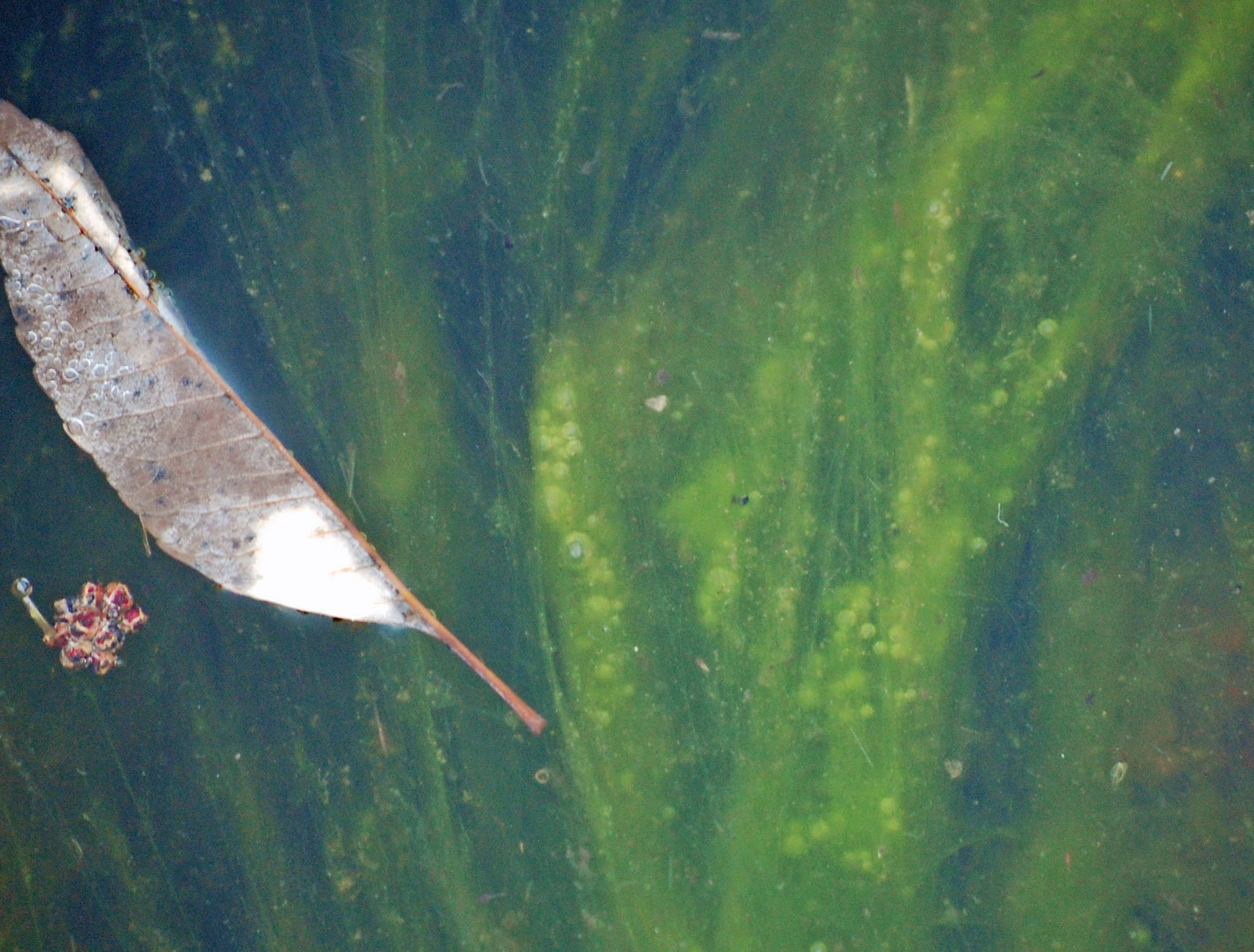
How to Prevent and Treat Koi Pond Algae in Winter
Winter Care for Your Koi Pond
A koi pond provides a serene and beautiful addition to any backyard, but like any living system, it requires regular maintenance to keep it functioning correctly. Winter is no exception, and in fact, it’s a time when koi pond owners need to pay particular attention to their property. One of the most common problems faced by koi pond owners in winter is algae growth.
Why Does Algae Grow in Winter?
During the winter months, the sun’s angle and intensity are reduced, and the duration of daylight is also shorter. These factors decrease the photosynthesis process, which leads to less oxygen in the water. Reduced oxygen levels cause an imbalance in the pond’s ecosystem, encouraging the growth of algae and other unwanted biological substances.

The Dangers of Algae to Koi Fish
Algae growth in koi ponds can cause several problems, from cloudy and smelly water to oxygen depletion and high nitrate levels. It can also be hazardous to your koi fish’s health as it provides breeding grounds for harmful parasites and bacteria. The longer the algae growth remains uninterrupted, the more significant damage it causes to your pond’s ecosystem and fish.
How to Prevent Koi Pond Algae in Winter
There are several ways to prevent koi pond algae growth in winter, and it all comes down to maximizing the sun exposure available to the pond. Here are some tips to keep your koi pond healthy and clear throughout the winter months:
1. Monitor Water Temperature and Oxygen Levels
Algae loves warm water, which is why it’s crucial to keep an eye on your pond’s water temperature during winter. A thermometer can help you measure the temperature, and if it exceeds 50 degrees Fahrenheit, then you need to take measures to cool the water. One way to do this is by adding ice cubes to the pond, which will also help maintain oxygen levels.

2. Install a Deicer or Heater
Another way to ensure that your pond’s water stays above freezing temperature is by installing a deicer or heater. These products help to keep a hole in the ice, allowing gases to escape and air to circulate. This process helps prevent toxic gases from developing and ensures oxygen levels remain stable.
3. Limit Feeding
Koi fish don’t need to be fed as often in winter as their metabolism slows down with cooler water. Overfeeding can result in unwanted organic waste that fuels algae growth. You should consider reducing the amount and frequency of feeding your koi fish to prevent algae from blooming.
4. Add More Plants
Adding more plants to your koi pond can potentially reduce the growth rate of algae. Plants consume carbon dioxide and other nutrients that algae rely on to thrive. Adding more plants will also make your pond more attractive and provide hiding spots for your koi fish.

How to Treat Koi Pond Algae in Winter
If you’ve noticed algae growth in your koi pond in winter, it’s essential to treat it as soon as possible before it causes significant damage to your pond’s ecosystem and fish. Here are some effective treatments for koi pond algae in winter:
1. Salt Baths
Salt water has natural antifungal properties that can combat koi pond algae. Soaking koi fish in a salt bath for five minutes can help remove any spores or bacteria that may have attached to the fish’s skin. However, it’s essential to use a dilution of no more than half a pound of salt per 10 gallons of water.
2. Barley Straw
Barley straw is a natural product that can effectively reduce algae growth in koi ponds. When placed in the pond, it releases chemicals that inhibit the growth of the green algae responsible for making the water cloudy. This product is best used preventively, so if you apply it once you see algae growth, it may take more time to take effect.
3. Beneficial Bacteria
Beneficial bacteria products are available that can help reduce the unwanted growth of algae. These products promote the growth of good bacteria and keep organic waste levels in check, reducing the nutrient levels that algae feed on. Adding beneficial bacteria regularly to your pond can help keep your water clear and healthy.

4. Algae Eating Fish
Some fish species like Siamese algae eaters, Chinese algae eaters, and plecos are effective in reducing the growth rate of algae in koi ponds. These fish species consume algae in the water column, on surfaces, and even eat it off other fish. However, it’s advisable to consult with a fish specialist before introducing any new fish species into your koi pond.
Conclusion
Koi ponds are a fantastic addition to any backyard and require proper care and maintenance to keep them vibrant and healthy. In winter, koi pond owners need to take preventive measures to avoid algae growth, which can damage the ecosystem and harm their fish. You can prevent algae growth in winter by monitoring water temperatures, installing a deicer, reducing feeding, and adding plants, among other things. In case of algae growth, you can use salt baths, barley straw, beneficial bacteria, or introduce algae-eating fish to reduce its growth. With a little care and attention, you can ensure that your koi pond remains beautiful and healthy throughout the winter months.